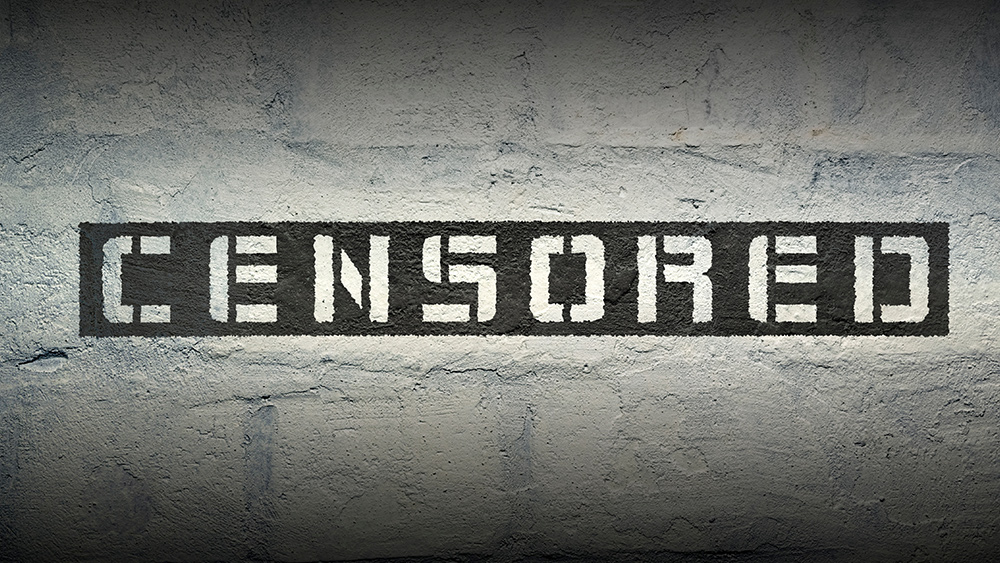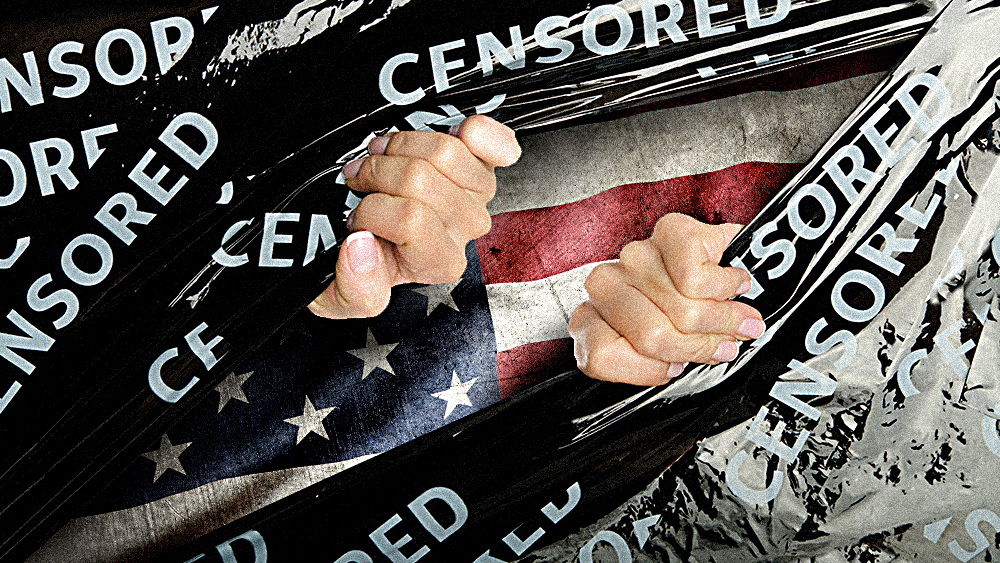Twitter’s open-source code shows U.S. government is able to easily RIG the recommendation algorithm
04/06/2023 / By Ethan Huff

Does the United States government have secret backdoor access into Twitter’s recommendation algorithm code, allowing it to tamper with the content that users are allowed to see? According to portions of the open-source code the company published on GitHub this week, the answer to that question is yes.
Software developer Steven Tey took a closer look at the code after it was shared publicly, finding that there is, in fact, a mechanism present that allows the spooks in Washington, D.C., to “intervene” with the code and manipulate it at will.
“When needed, the government can intervene with the Twitter algorithm,” Tey tweeted about his discovery. “In fact, @TwitterEng (Twitter Engineering) even has a class for it – ‘GovernmentRequested.'”
Tey went on in a series of revelatory tweets to explain how it works in layman’s terms. In essence, there are certain actions that only the government knew about that allowed it to promote certain tweets and accounts to the top of the recommendation lists while driving others to the bottom.
“To put these feedback loops in perspective: A user clicking on your tweet staying there for >2 min is weighted 22x more than them just liking your tweet,” Tey explained about what can secretly be done to promote a tweet to the top of the recommendation list.
“If they click into your profile through your tweet & likes / replies to a tweet? 24x more than a like,” he added.
(Related: Twitter manipulated the January 6 “insurrection” narrative using a “J6 Deleted” internet sting operation.)
Twitter users that pay for a blue checkmark “do get a boost in the algorithm,” Tey found
Prior to the drop of this information to GitHub, Twitter’s new owner, Elon Musk, announced on March 17 that he would be making the social media platform’s open-source code publicly available for review.
“Our ‘algorithm’ is overly complex & not fully understood internally,” Musk revealed. “People will discover many silly things, but we’ll patch issues as soon as they’re found!”
“We’re developing a simplified approach to serve more compelling tweets, but it’s still a work in progress.”
As for a Twitter user’s “following-to-follower” ratio Tey further uncovered that users who have “a low number of followers but a high number of followings” suffer page ranking reductions.
“Twitter’s ‘Tweepcred’ PageRank algorithm reduces the page rank of users who have a low number of followers but a high number of followings,” Tey tweeted.
“Some initial takeaways: Your following to follower ratio matters. @TwitterBlue subscribers do get a boost in the algorithm.”
Further, there are four categories that Twitter lumps its users into:
1) “Power users”
2) “Democrat users”
3) “Republican users”
4) “@elonmusk”
The purpose of these groups is to “track and compare” the frequency of tweet impressions on other users, Tey found.
There are also certain factors that impact whether or not a user makes the “For You” recommendation list, as well as other factors that impact one’s “reputation score” on the platform.
In order to make the “For You” recommendation list, another Twitter user must like or retweet your tweet, click into your tweet and reply as well as stay there for at least two minutes, and check out your profile.
“Some negative feedback loops that will reduce your ‘reputation score’ on Twitter:
– Getting blocked
– Getting muted
– Abuse reports
– Spam reports
– Unfollows (not as heavily penalized as the above 4 though),” Tey further revealed.
Concerning presidential elections, how candidates appear and are promoted on Twitter depend, as many suspected, on political alignment. The algorithm decides which candidates are worthy of being boosted based on whether they are Democrat or Republican.
More of the latest news about Big Tech’s censorship collusion with Big Government can be found at Censorship.news.
Sources for this article include:
Submit a correction >>
Tagged Under:
algorithm, bias, big government, Big Tech, code, collusion, computing, deep state, First Amendment, free press, glitch, government, interfere, open source, Social media, speech police, suppressed, technocrats, thought police, Twitter, vote democrat, Vote Republican
This article may contain statements that reflect the opinion of the author
RECENT NEWS & ARTICLES
COPYRIGHT © 2017 DorseyWatch.com
All content posted on this site is protected under Free Speech. DorseyWatch.com is not responsible for content written by contributing authors. The information on this site is provided for educational and entertainment purposes only. It is not intended as a substitute for professional advice of any kind. DorseyWatch.com assumes no responsibility for the use or misuse of this material. All trademarks, registered trademarks and service marks mentioned on this site are the property of their respective owners.


















